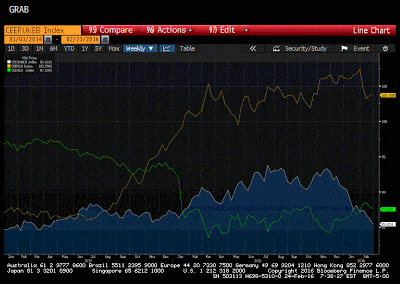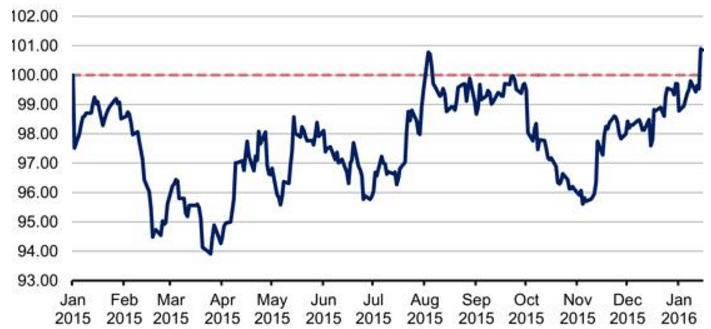Was Yesterday’s U.S. Reversal a Fluke?
The foreign exchange market is unusually calm. The US dollar is little changed against currencies. While the selling pressure that took sterling below $1.39 and the euro below $1.10 has subsided, neither has been able sustain upticks. The euro rose to $1.1040 before sellers re-emerged. Sterling was capped near $1.3965.
The dollar had slipped to almost JPY111.00 yesterday, coming within five ticks of the February 11 low, before rebounding with the recovery in US stocks and advance in US yields. The greenback’s gain faltered near JPY112.65.







